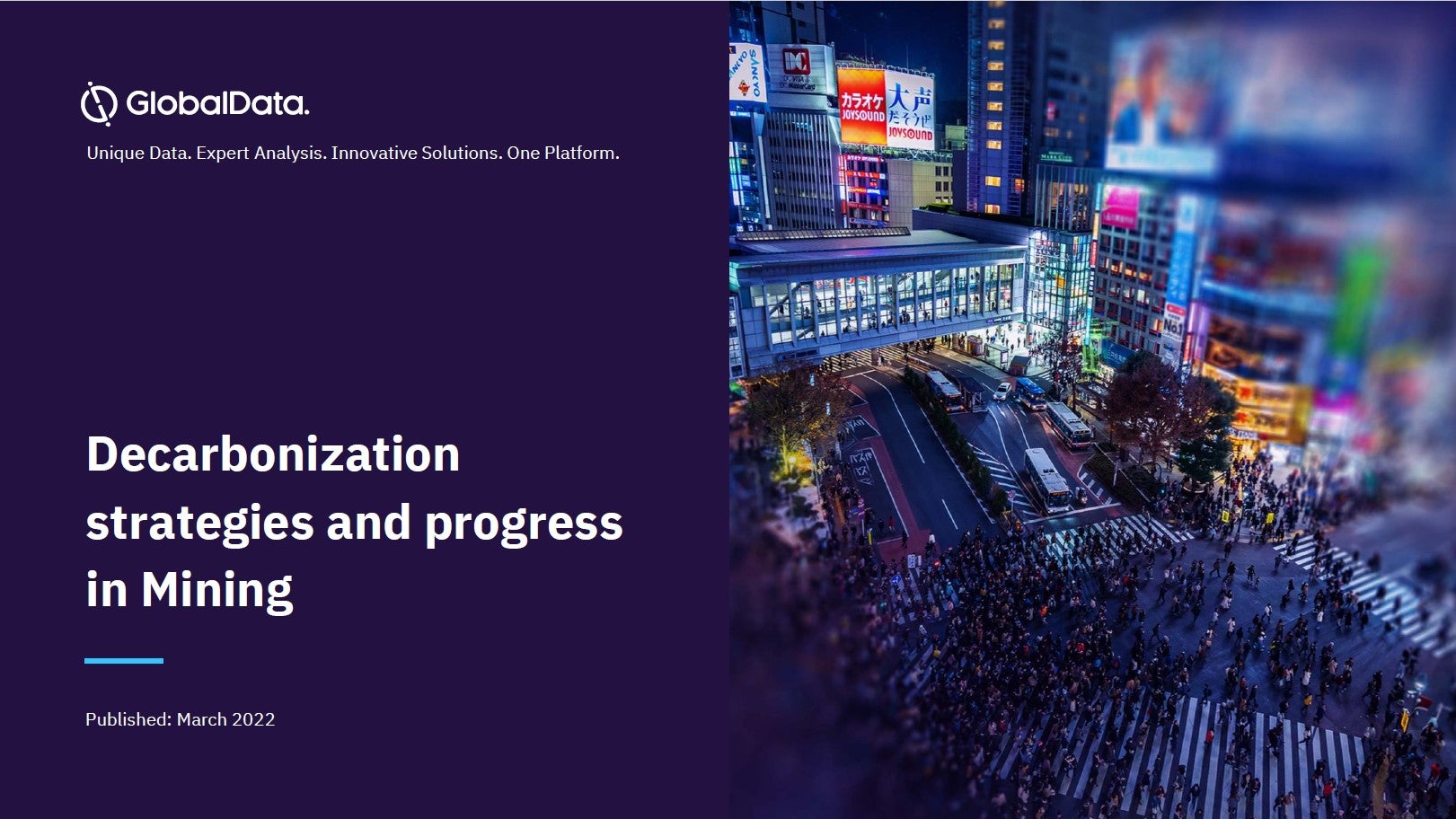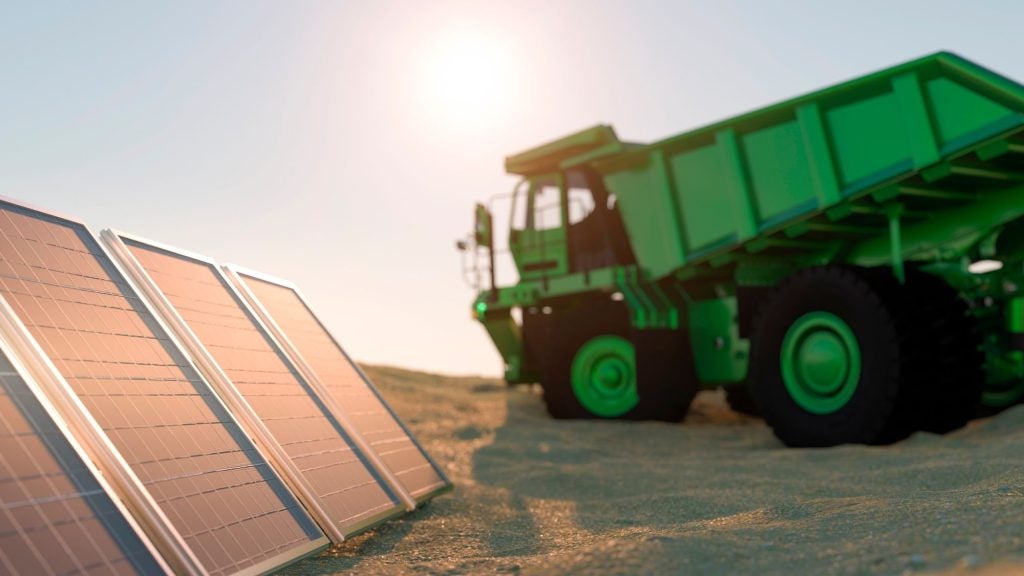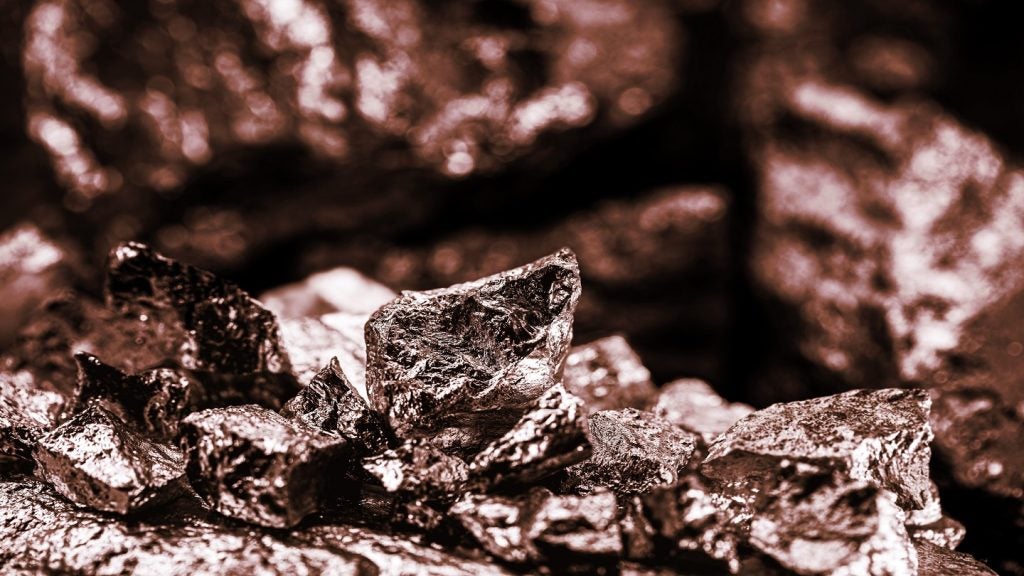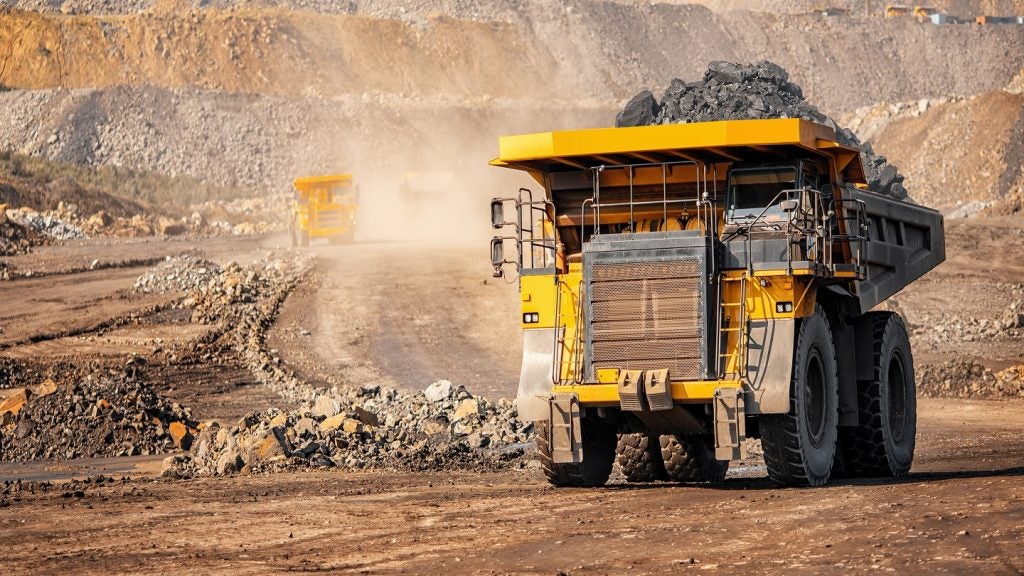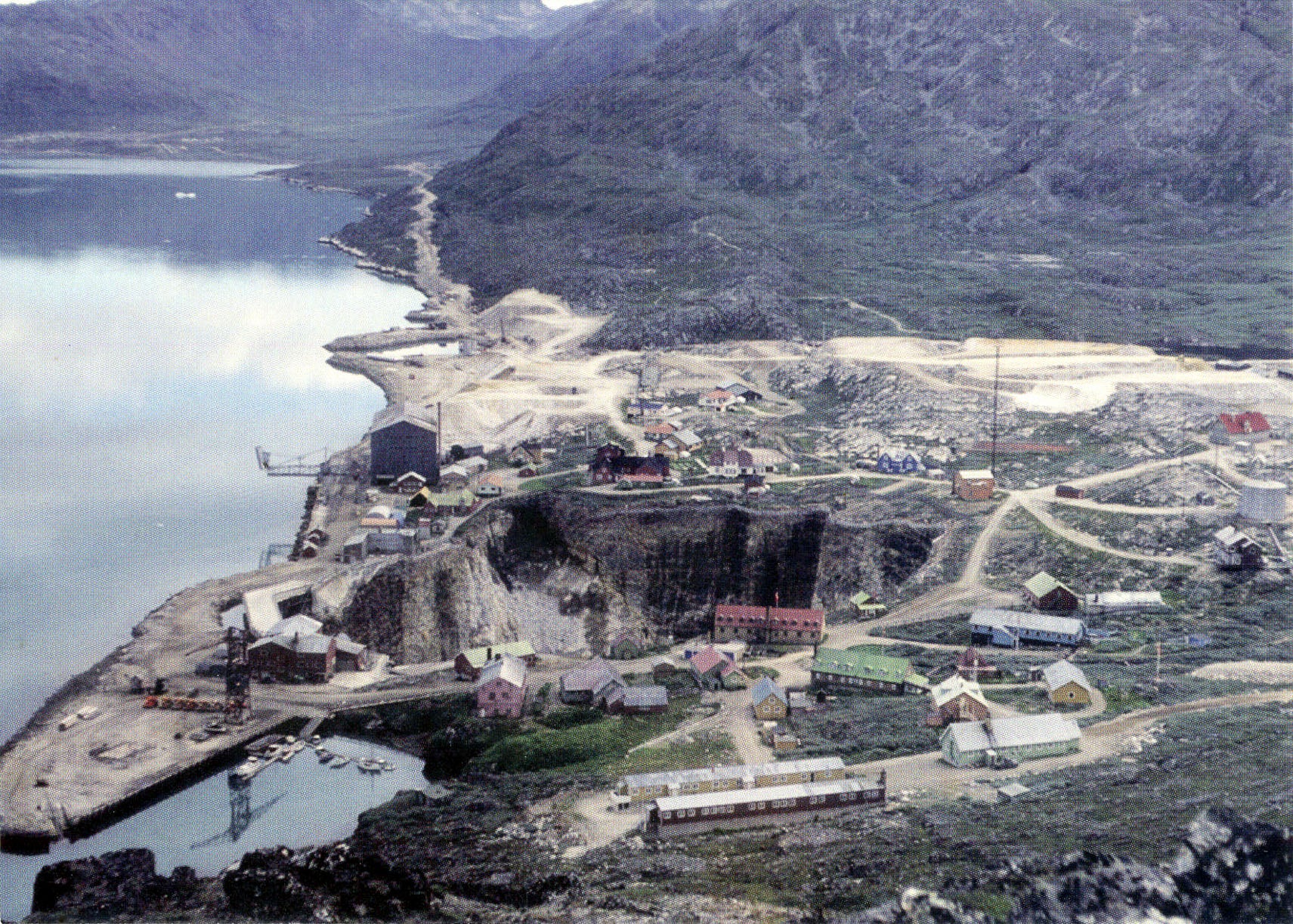
2021 marks 75 years since the enactment of the UKUSA Agreement for international cooperation in signals intelligence – initially signed by the UK and the US, with Australia, Canada, and New Zealand later brought into the fold. Integral in gathering intelligence on the Soviet Union, China, and Eastern Bloc countries during the Cold War, the alliance has also strengthened the diplomatic ties and common causes shared by its member states.
While many old foes of the Cold War crumbled along with the Berlin Wall, a new geopolitical struggle has begun to emerge, one centred around the control of critical minerals including rare earths – and this tension looks to be manifesting largely in the Arctic Circle.
The Polar Research and Policy initiative has called for a Five Eyes alliance to work with Greenland on harnessing its strategically valuable position. With Greenland having vast and largely unexploited resource potential, it could be vital for tipping the scales in a trade war between global superpowers.
Greenland’s massive resource potential
Melting sea ice in the Arctic is opening up the possibility of new shipping routes – the most geopolitically relevant being the Transpolar Sea Route. Expected to emerge as the predominant Arctic shipping route by 2030 due to melting ice opening the path for large vessels, the Transpolar Sea Route cuts across the centre of the Arctic Ocean, avoiding the territorial waters of Arctic states and connecting the Pacific and Atlantic Oceans.
This massively cuts the time it takes to ship goods from China to, say, Europe, but also presents opportunities to enhance Greenland’s maritime infrastructure – making it a potentially key intermediary and beneficiary of increased shipping across the Arctic.
How well do you really know your competitors?
Access the most comprehensive Company Profiles on the market, powered by GlobalData. Save hours of research. Gain competitive edge.

Thank you!
Your download email will arrive shortly
Not ready to buy yet? Download a free sample
We are confident about the unique quality of our Company Profiles. However, we want you to make the most beneficial decision for your business, so we offer a free sample that you can download by submitting the below form
By GlobalDataCompounding that is Greenland’s resource potential. A 2008 US Geological Survey estimate holds that the three major basins offshore Greenland could yield up to 52 billion barrels of oil equivalent; a 2015 study estimated that Greenland could produce enough hydropower to meet its own needs and export the surplus; and Greenland is known to hold significant reserves of copper, zinc, lead, iron, cobalt, gold, platinum-group metals, and rare earth elements.
The resource potential of Greenland, along with its geographic importance in future world trade, makes it a potential hotbed for geopolitical muscling in the years to come.
China’s growing interest and security concerns
China’s dominance over the global supply of rare earths – something that has caused unease among the US and its allies – has naturally meant that the state takes an interest in Greenland’s potential.
“China… has actively pursued investment opportunities in Greenland’s airport, port, and research infrastructure, as well as mining and energy sectors,” the Polar Research and Policy Initiative’s report says. In the mining sector, Chinese companies such as Shenghe Resources Holding Co and China National Nuclear Corporation have interests in Greenland.
Shenghe Resources became the largest shareholder in exploration company Greenland Minerals in 2016. Greenland Minerals owns Kvanefjeld, an undeveloped site containing what is thought to be the world’s second-largest deposit of rare earths, and sixth-largest deposit of uranium.
Over a billion tonnes of mineral resources have been delineated in the project area, with rare earths estimated to generate more than 80% of the project’s revenue. The site would be a massive boon to China’s rare earths monopoly and could itself overshadow some of the projects that Western nations are hoping to get off the ground to curtail China’s dominance.
China has demonstrated a willingness to use some of its economic strengths for geopolitical gain – recent years have seen trade disputes between China and the US, and in recent memory China has turned some of its attention to Australian trade, resulting from political fallout over China’s initial handling of the Covid-19 outbreak in Wuhan.
But rare earths – important in consumer and medical technology, as well as weapons and defence systems – likely make up China’s strongest economic lever. In 2010, China halted the export of rare earth minerals to Japan in the wake of a diplomatic dispute – causing the prices of rare earth minerals to skyrocket. Just last year, China threatened to cut off the supply of rare earths to defence contractor Lockheed Martin following US approval of an arms deal for Taiwan.
Despite media attention, China is not the biggest player in Greenland’s mining sector
China is undoubtedly growing its footprint in Greenland, both in mining and in a range of strategically important industries. But in its preoccupation with China, the report says, the US has overlooked the important role some of its allies are playing in the region.
“Despite the media hullabaloo about China, it is the UK that, with the exception of Denmark, might still command the greatest economic footprint in Greenland, followed by Canada and Australia,” the report says. “The UK, Canada, and Australia, furthermore, have a long and rich history of resource exploration and development in Greenland.”
The Polar Research and Policy Initiative said that, as of February 2021, 41 companies enlisted as having mineral exploitation, exploration, and processing licenses in Greenland. Of these 41, 27 were “headquartered in, listed in, or substantially connected” to the UK, Canada, and Australia.
Majors including Anglo American and Glencore hold interests in Greenland-based activities, and when it comes to rare earths, the two biggest players have substantial ties to Australia.
The UK has significant connections to Greenland, with 12 British companies holding 28 mining licenses, and four UK companies holding licenses for oil and gas exploration in Greenland. Outside of the resource sectors, there is a substantial UK research community engaged in Greenland, and Brits form a major chunk of Greenland’s incoming tourists.
The report suggests that, owing to the UK’s vast footprint in Greenland, it is in its interest – as well as the interests of its Five Eyes partners – that moves are made in foreign, defence, and trade policy towards the cultivation of a UK-Greenland Special Relationship. This holds true for the other Five Eyes member states, all of whom have a long list of Greenlandic involvements.
The UK could form the bridge between Greenland and the Five Eyes
The UK’s geographic proximity to Greenland, falling within its wider maritime neighbourhood, as well as its economic footprint in Greenland, means that Britain is in a unique position to serve as a “strategic gateway” between Greenland, the UK’s Five Eyes partners, and European allies – particularly regarding collaboration and supply on critical minerals.
The Polar Research and Policy Initiative argues that the UK is pivotal in securing Greenland’s vast economic and strategic potential for the benefit of Western allies: “In the light of the sheer number of British companies holding licenses in Greenland’s minerals sector, the UK and Greenland should build an enhanced partnership that covers both technical collaboration and the development of integrated North Atlantic supply chains.
“[This is not to mention] the UK’s relevance as a leading centre of mining finance, expertise, and potentially also processing and logistical capabilities for mining companies in Greenland no matter where they originate and that such supply chains can be widened further, through cooperation with Five Eyes and European partners, to form integrated FVEY or FVEY-EU-EEA supply chains.”

